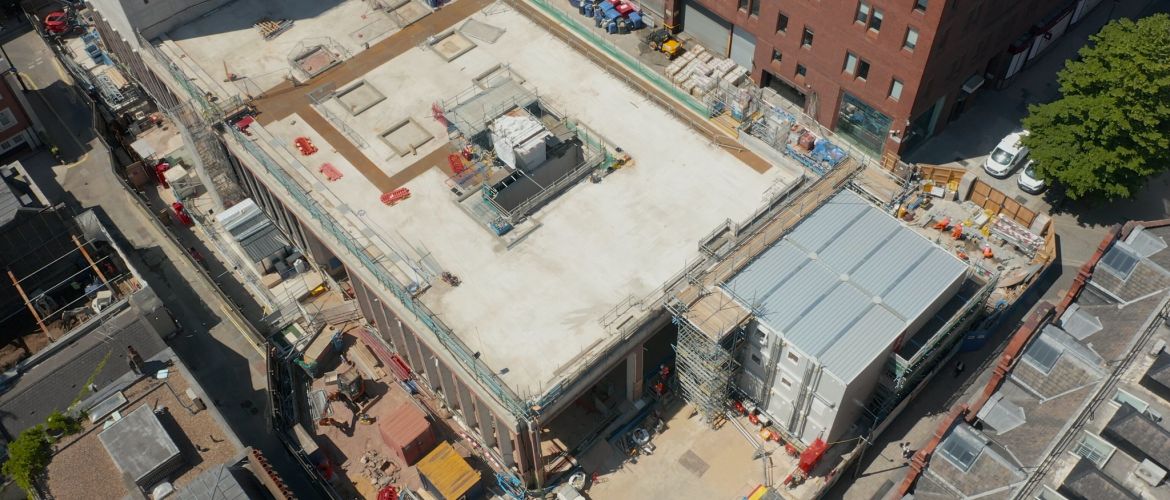Index:
About the Temporary Works Forum:
The Temporary Works Forum (TWf) was formed in 2009 at an open meeting held at the Institution of Structural Engineers in London. The TWf is an independent, not-for-profit company which operates on a limited cost base; its primary asset is the influence of its members in industry, and its primary value derives from its meetings on a quarterly basis and its free-to-access publications (available at www.twforum.org.uk). Meetings are open (contact the Secretary for an invitation) and address issues across the industry. The TWf works closely with the Health and Safety Executive, and Structural-Safety (www.structural-safety.org). The HSE attend all TWf meetings and some members of TWf are also members of SCOSS (the Standing Committee on Structural Safety, which is a committee of Structural-Safety). The TWf also promotes the use of CROSS (Confidential Reporting on Structural Safety), which is again a part of the Structural-Safety organisation
Synopsis:
This Guide is written to provide clients, and all those with responsibility for construction, with insight into the subject of temporary works. It is set out in five Articles covering risk categorisation, design, design checking, site inspection and temporary works coordination. It is hoped that it is of use to all clients and senior managers, of both large and small scale works, whether they are involved regularly with construction, or seldom, including those whose normal work is not construction but nonetheless find themselves procuring construction works. It expresses mainstream views in the UK construction industry, where temporary works have been delivered relatively well since the Bragg Report (of 1975) and BS5975 (first issued in 1982) introduced the management arrangements which are now prevalent, and are accepted as good practice
Foreword:
The Temporary Works Forum gratefully acknowledges the contribution made by members of the working party in the preparation of this guidance.
Although the Temporary Works Forum does its best to ensure that any advice, recommendations, and information it may give either in this publication or elsewhere are accurate, no liability or responsibility of any kind (including liability for negligence) howsoever and from whatsoever cause arising, is accepted in this respect by the Forum, its servants or agents.
Readers should note that the documents referenced in this guidance note are subject to revision from time to time and should therefore ensure that they are in possession of the latest version.
Purpose of this Guidance Document:
The purpose of this Guide is to assist clients, their representatives, programme managers and other senior leaders in the construction industry in the improvement of risk control and performance on their projects. The opportunities and risks in question are those brought by
temporary works.
Temporary works are often a significant part of a project’s construction cost, sometimes 50% or more. Even for simple schemes efficient design, management and installation will radically improve project delivery. A temporary works failure on a project is almost always a high consequence event and may be reportable under RIDDOR.A significant failure may be catastrophic to budget, programme and reputation as well as to safety; such a failure will bring into question the client’s ability to procure and may lead to criminal prosecution, as (inter alia) the client may be perceived to have failed in his duty to employ organizations of sufficient competence.
This Guide has been written at the request of a group of clients, which approached the Temporary Works Forum. These clients were aware of the risks and, in some cases, the lost opportunities to their enterprises that temporary works present, but felt disadvantaged because they had insufficient insight into the processes at work in temporary works management.
This Guide is written to provide these clients, and all those with responsibility for construction, with a greater insight into the subject of temporary works. It is set out in five Articles covering risk categorisation, design, design checking, site inspection and temporary works coordination.
It is hoped that it is of use to all clients and senior managers, of both large and small scale works, whether they are involved regularly with construction, or seldom, including those whose normal work is not construction but are nonetheless procuring construction works. It expresses mainstream views in the UK construction industry, where temporary works have been delivered
relatively well since the Bragg Report (of 1975) and BS5975 (first issued in 19824, v) introduced the management arrangements which are now prevalent, and are accepted as good practice

